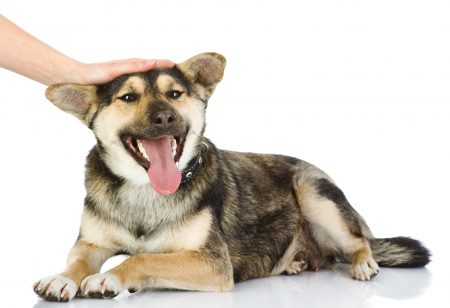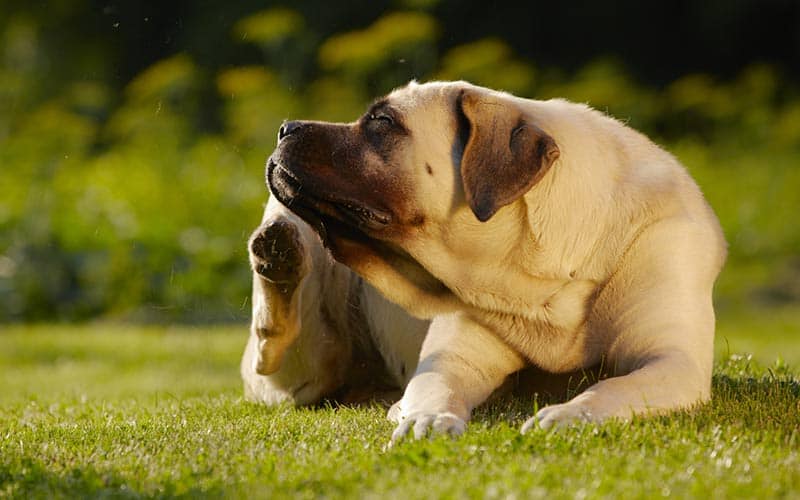You’re on the couch, cozied up with your canine buddy, and you feel a bump. You try to remember when you last felt this exact little spot. And before you know it, your mind is racing with questions. Is this lump new? What is it?

Quickly, this leads you to the ultimate concern: Could it be cancer? Without a vet’s expertise or test results, it’s easy for our minds to get carried away and think the worst. We recommend that any lump greater than the size of a pea should be evaluated. Even smaller lesions in sensitive locations (e.g. eyelid masses) should be evaluated.
The most common lumps we see are fatty tumors. These are benign, meaning not cancerous. Fewer than half of lumps and bumps you find on a dog are malignant, or cancerous. Still, they can look the same from the outside, so it’s hard to tell. Even if a lump is benign, if it continues to grow it should be removed early when surgery is less painful and less costly.
Unless you’re sure about the cause of a lump or bump, bring your dog in for an exam. If you see fast growth, redness, swelling, pus, an opening, or if the dog is in pain, make that appointment even sooner.
The same goes for lumps that are in certain areas, like the face, eyelids or paws, where surgery — if needed — is more complicated as lumps get bigger.
Your vet will want to know:
- If the lump appeared suddenly
- Whether its shape, color, or size has changed
- Whether your dog’s behavior, such as his appetite or energy level, is different.
Getting a proper diagnosis with cytology or biopsy is necessary to make informed decisions about the next steps in your pets care. Often, the vet will remove some cells from the lump with a fine needle. She’ll then look at them under the microscope. Sometimes she can tell right away if it’s a fatty tumor. Sometimes we will send the slide to a pathologist to review.
If it’s too hard to tell from a needle aspirate, your vet will take a small tissue sample from the lump and send it out for a biopsy. In a few days, you’ll find out if it’s cancerous. If so, surgery can usually remove the lump.
The bigger concern is if the cancer has already spread to other parts of the body. If so, your pet may need radiation or chemotherapy, or both.
Types of Lumps and Bumps
The more common lumps and bumps in dogs include:
- Fatty tumors happen most often in middle-aged or older dogs, especially around the ribs, although they can show up anywhere. They’re considered a natural part of aging. Any breed can have them, but larger dogs and those who are overweight are more prone to them.
- A sebaceous cyst is a blocked oil gland that looks like a pimple. When it bursts, a white, pasty substance comes out.
- Warts are caused by a virus and can be found around the mouths of young dogs. They’ll go away by themselves. Older dogs might need surgery to remove them.
- An abscess is a buildup of pus under the skin. It can be caused by an infection or a bite from an insect or other creature.
- A mast cell tumor is the most common skin cancer in dogs. They’re most often found in boxers, Boston terriers, Labradors, beagles, and schnauzers.
If your dog has a lump, even if you find out it isn’t cancerous, keep a close eye out for others, and have new ones tested. If your pal has lots of bumps and lumps, your vet might make a chart of their locations and sizes to make it easier to keep track of what’s new and what’s changed.
